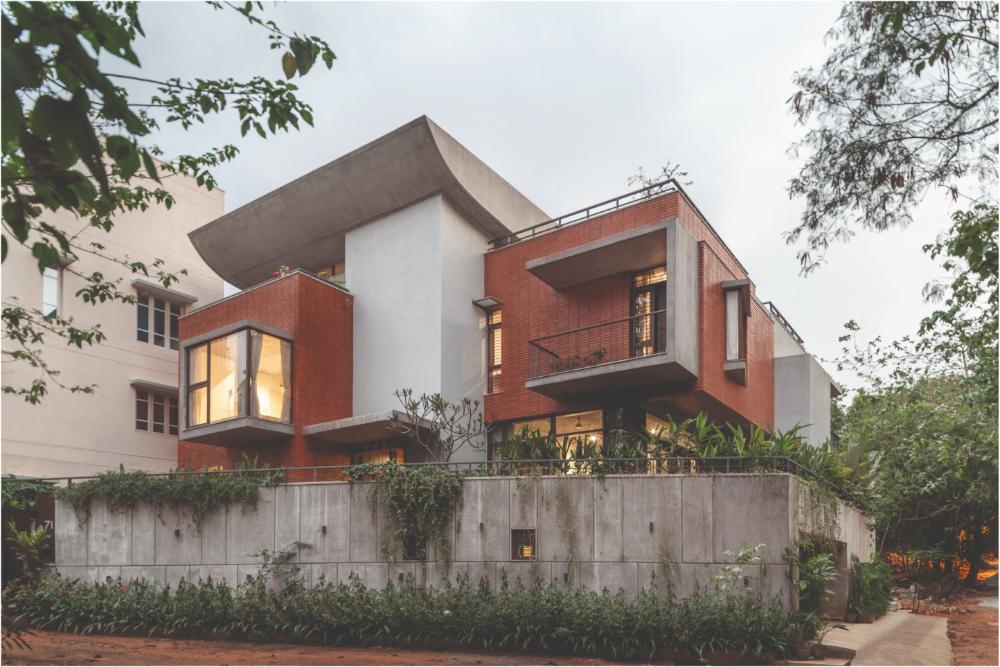
Nairy Residence, Bangalore, by Funktion Design
In rapidly evolving North Bangalore, the last vestige of its former self, the Jarakabande Reserve forest, stands as a testament. Nestled within the urban sprawl,
Category featuring the architectural and design projects from top architects in India. Architecture in India featured through an array of works from different typologies and contexts by popular architects in India.

In rapidly evolving North Bangalore, the last vestige of its former self, the Jarakabande Reserve forest, stands as a testament. Nestled within the urban sprawl,

An insightful tribute, Sarbjit Singh Bahga sheds light on the lesser-known but influential figure, Madhav Achwal (03.11.1925 – 21.01.1980), an eminent architect and educationist. Bahga vividly recounts his personal encounter with Achwal during a thesis examination, highlighting the architect’s practical approach and contributions to architectural education, along with showcasing Achwal’s noteworthy projects and his multifaceted legacy in literature.

The site is located in the midst of the mountain ranges. It has a 180 degree view of the beautiful mountains with a deep valley
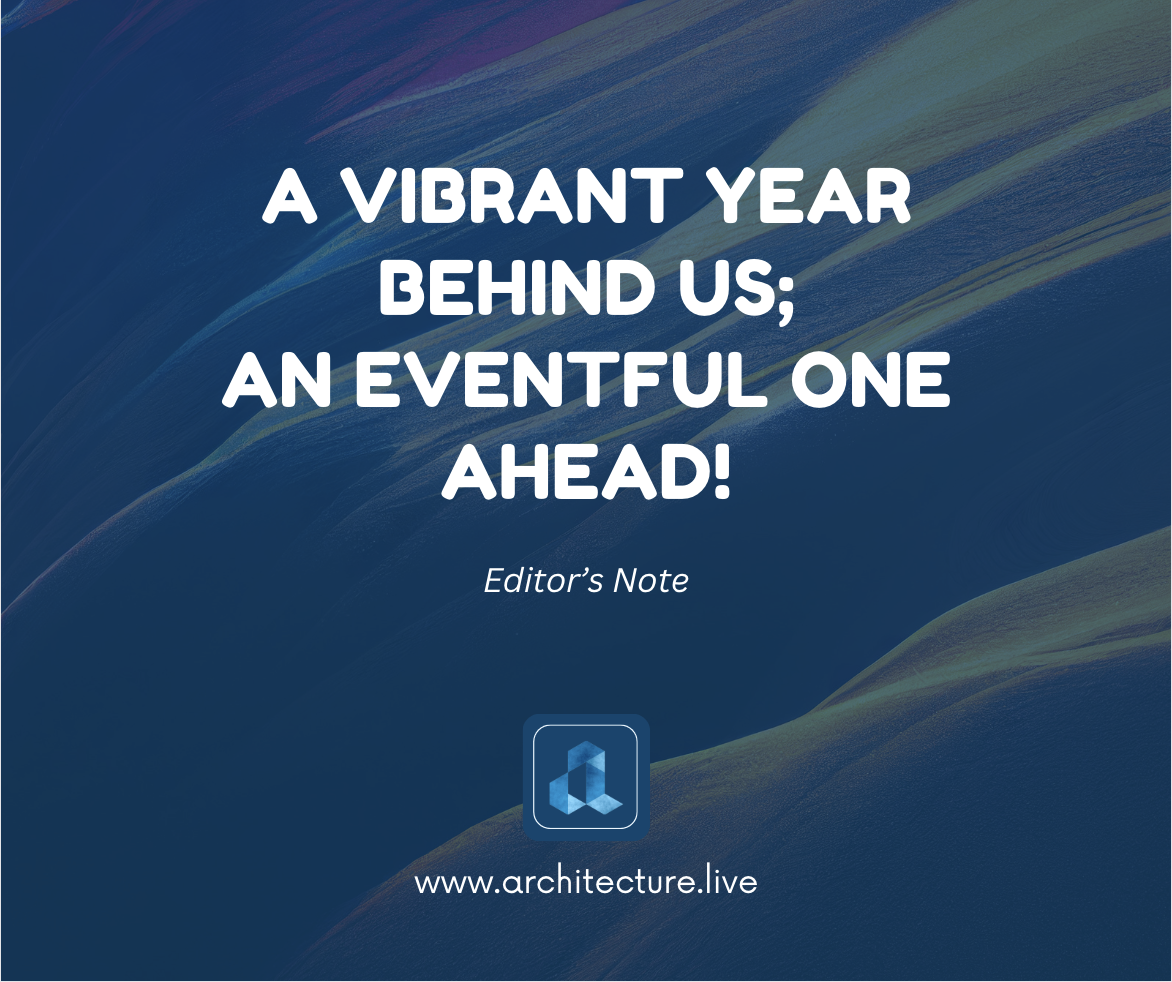
As ArchitectureLive! steps into 2024, the excitement and momentum around ALive! are palpable. Our readership and contributor base continue to expand. The passion for sharing ideas, starting debates, and shaping dialogues on the built environment remains strong. There is so much more ground we can cover together

ArchitectureLive! continues with Alimentative Architecture – The fourth in a series of articles by Architect-Poet-Calligrapher H Masud Taj interfacing architecture with food via geometry.

A comprehensive exploration of Ladakh’s SECMOL campus, Jit Kumar Gupta delves into its innovative passive solar architecture, use of local materials, and sustainable practices, showcasing how the institute stands as a model for climate-responsive and energy-efficient built environments in challenging terrains.
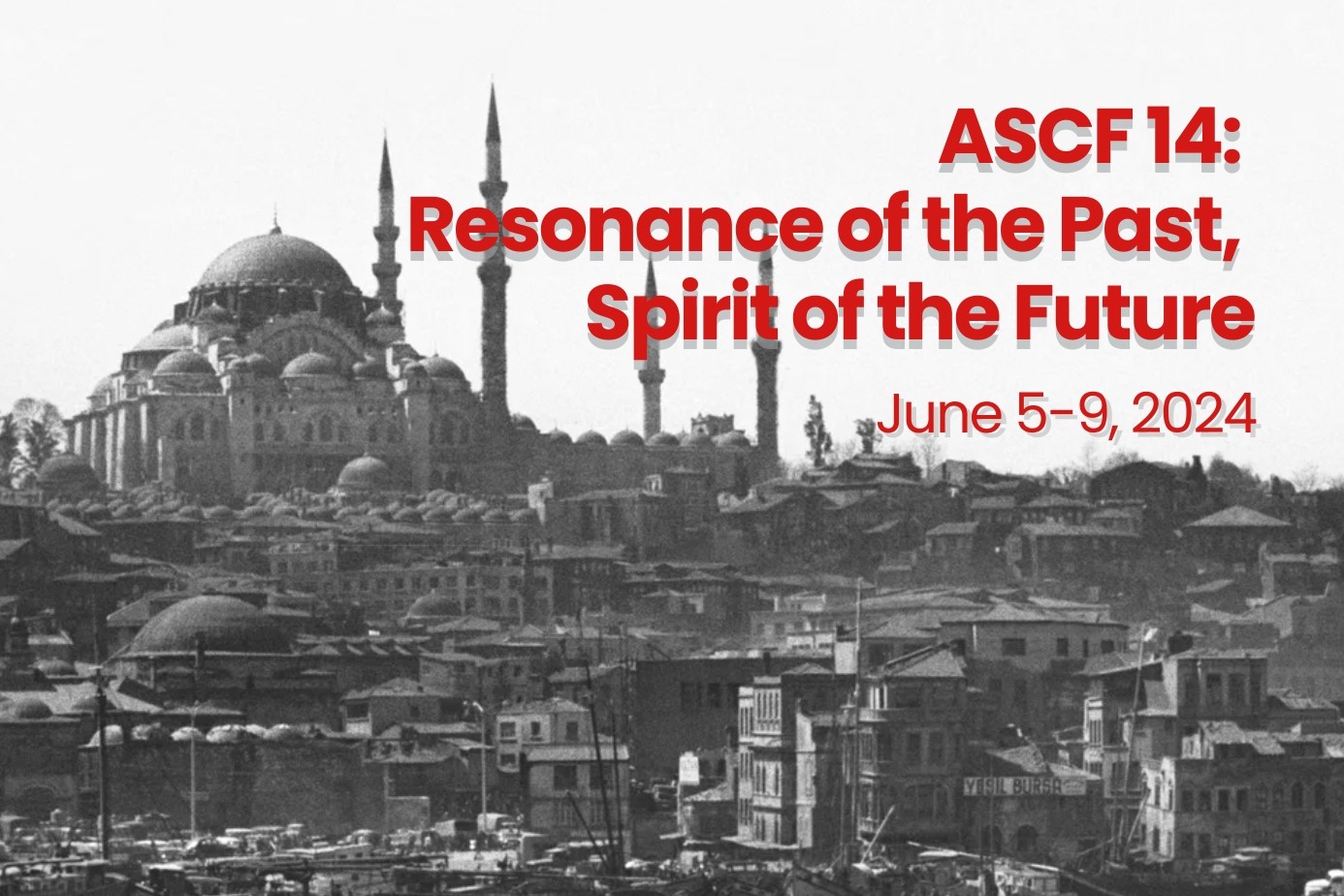
Forum on Architecture, Spirituality, and Culture (ASCF) has announced a call for submission for papers, projects, or workshops for their 14th forum to be held in Istanbul, Turkey.

In this comprehensive analysis of architecture admissions and education, A. Srivathsan and Chirayu Bhatt reveal a concerning decline in enrolment figures, emphasizing the need for radical changes in the regulatory framework, autonomy for institutions, and a reevaluation of the profession’s role to address the structural issues and ensure the quality of architectural education.

Nestled within the confines of a gated community on a 222 SqM plot, Joshi House, Bengaluru, by Anahata, a family residence transcends mere functionality, becoming a blend of art and architecture that caters to the needs of a family of five.
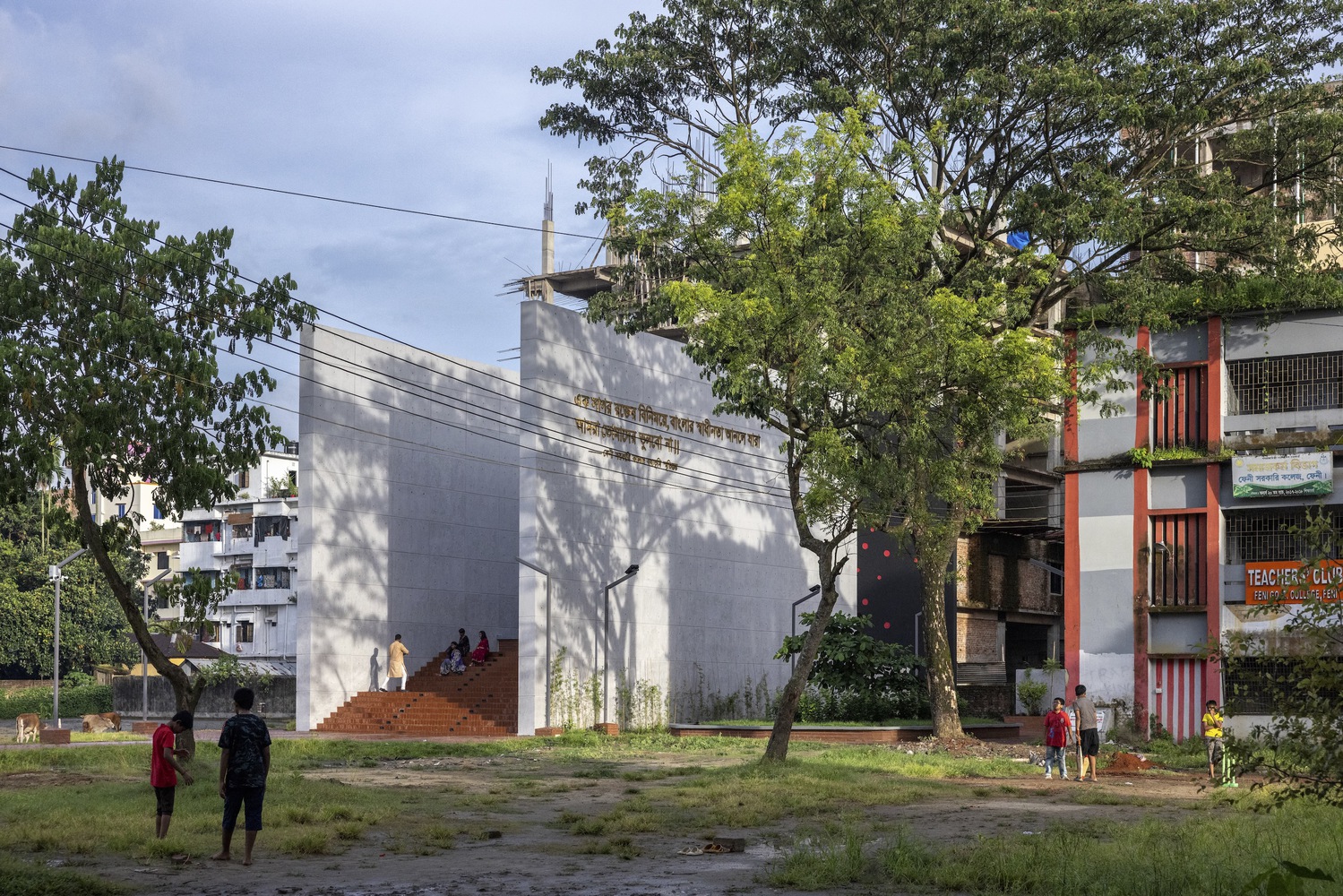
Resonating the echoes of Bangladesh’s war for independence, the Feni College Boddhobhumi Sritisthombho Complex, by Vector Plinth, aimed to curate a lively space where people can gather and feel connected to our history and interrelate. Inspired by the school play ‘Goalpost’ that vividly portrayed the sacrifices of Muktibahini on the college field.
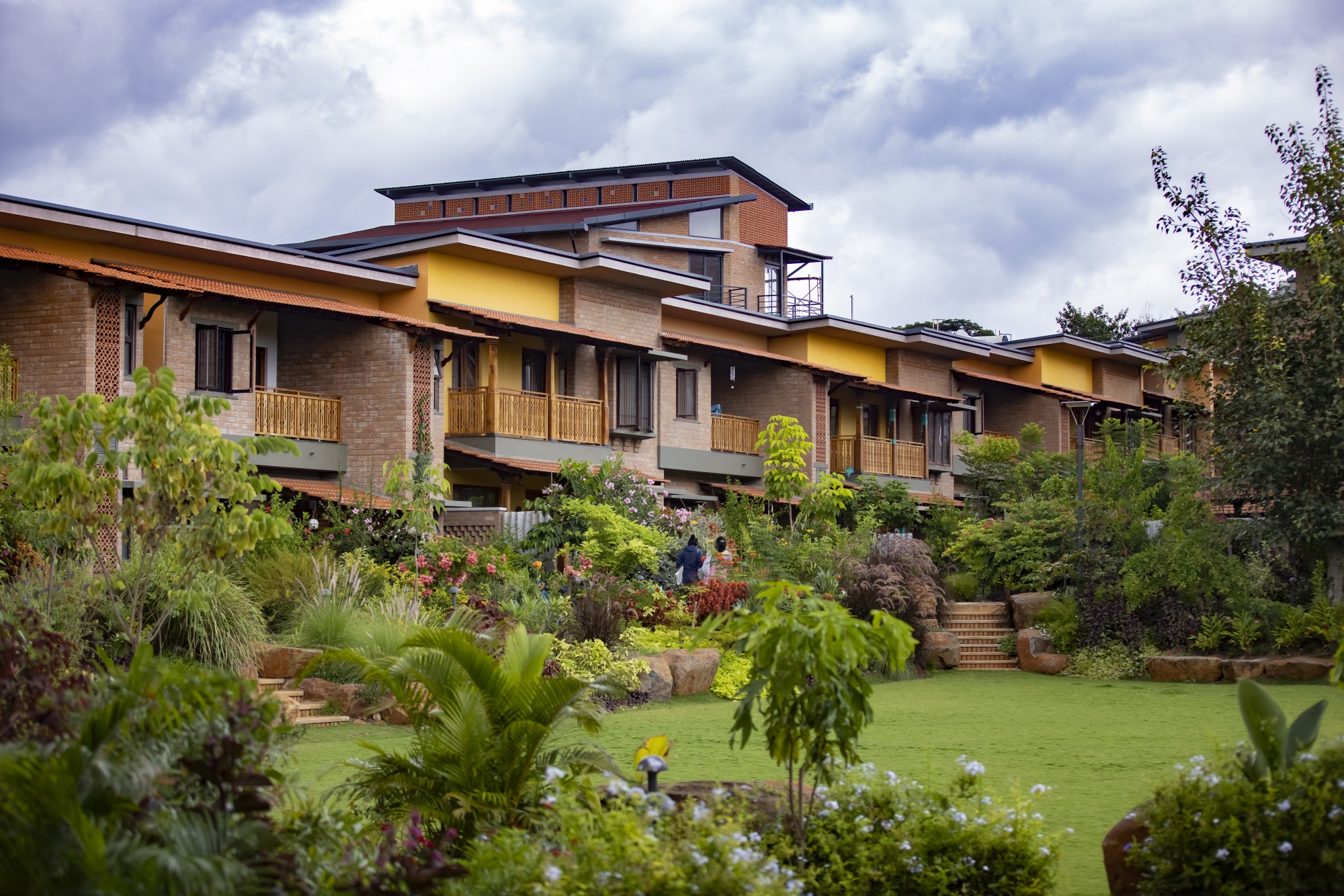
Malhar Medley, Bengaluru, by Good Earth Eco Futures and Jayakumar & Associates is a sustainable residential community project located within the Malhar Eco Village, Kengeri, Bangalore. It features four distinct home types: Townhouses, Apartments, Villaments, and Walk-up homes, designed to provide a harmonious blend of living spaces, community, and nature.
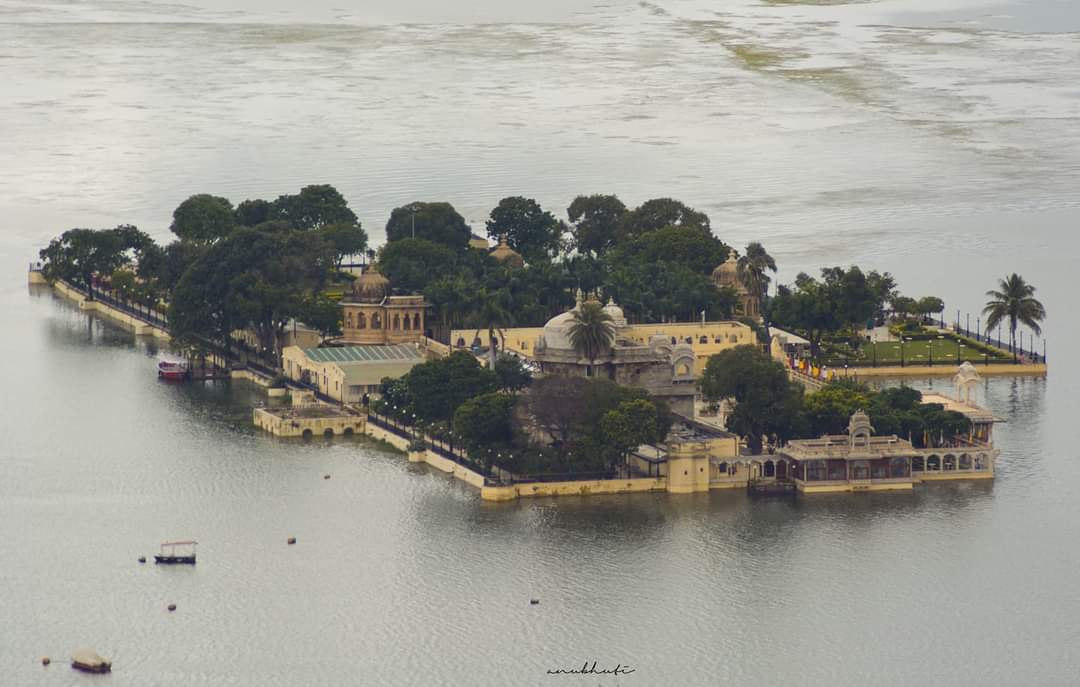
Udaipur’s Architectural Renaissance: A Conservation Architect’s Chronicle of Heritage Amidst Climate’s Embraces
From colonial echoes to climate confrontations, the essay witnesses a city’s tale etched in bricks and resilience. Amid neglected heritage, the battle cries for sustainable rebirth. Udaipur’s past isn’t just conserved—it’s a roadmap to a defiant, luminous future, where history meets the tempest of climate change head-on! This essay by Anubhuti Jain was amongst the shortlisted essays.

Penned by Sarbjit Singh Bahga, the profound impact of AR Prabhawalkar on Chandigarh’s architectural landscape comes to life. As a trusted aide to Le Corbusier, Prabhawalkar’s contributions, both in iconic structures and as the founding Principal of Chandigarh College of Architecture, are celebrated, shedding light on his remarkable legacy.

Prime Minister Narendra Modi inaugurated the India Art Architecture and Design Biennale 2023, at Red Fort, Delhi, on Saturday. The event brings together artists, designers, and architects from India to showcase innovations in art, design, and architecture.
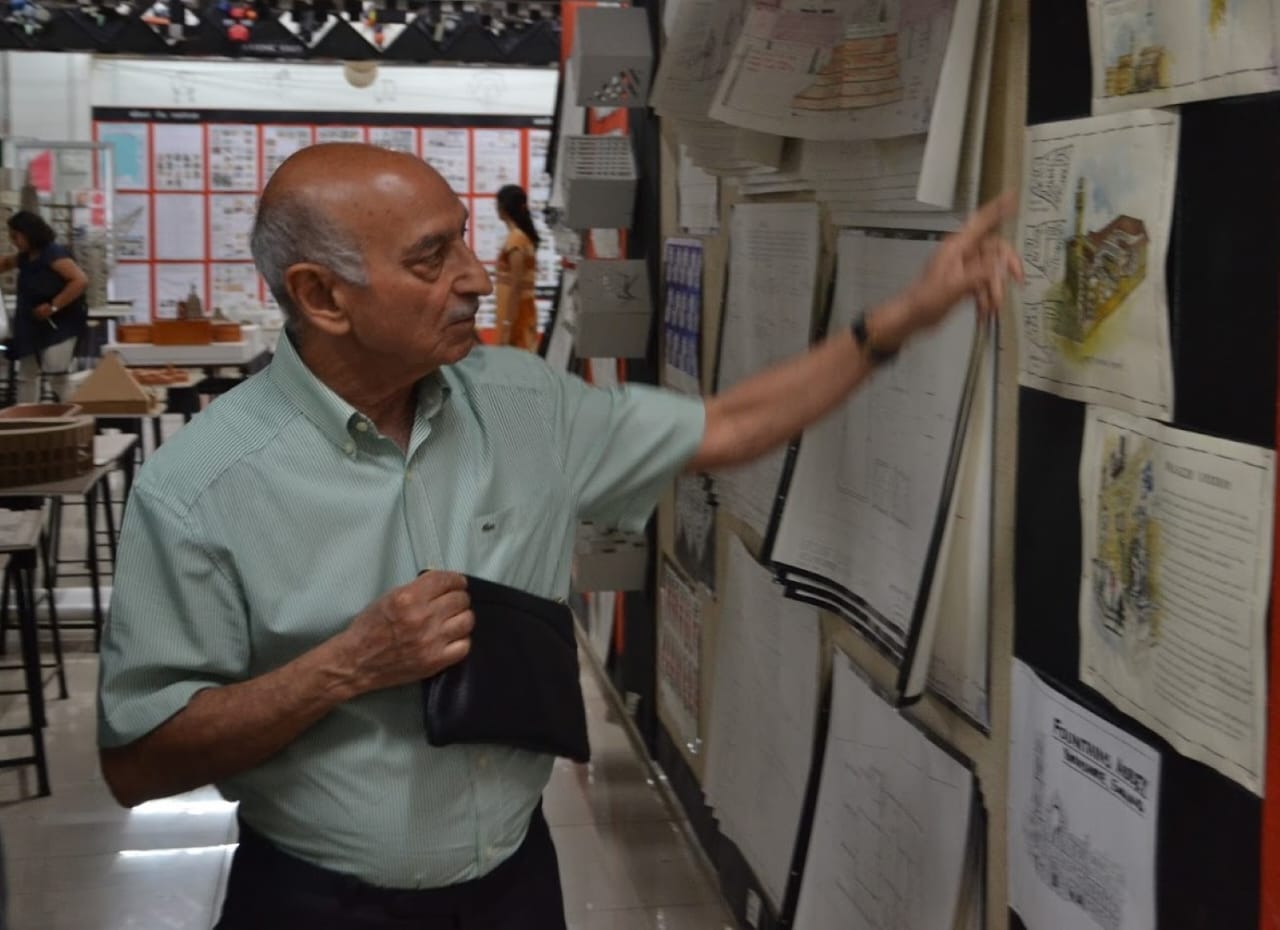
Architect Jasbir Sawhney (1939-2023) will be remembered for his notable contribution to the Indian architectural landscape, through works such as HUDCO Place, Sanskriti School, and IGNCA.
Stay inspired. Curious.
© ArchiSHOTS - ArchitectureLive! 2025
Notifications